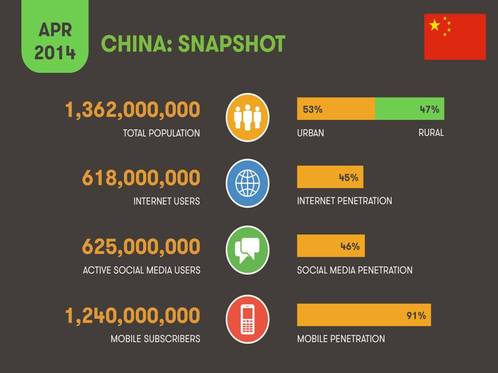
I started googling and discovered some amazing statistics. Out of a total population of nearly 1.4 billion nearly half are internet users and over 625 million and 1.2 billion mobile subscribers. There are estimated to be over 625 million active social media users and China's top 10 sites actually have a staggering 3.2 billion individual accounts. Along with those phenomenal numbers, the data also showsthat the largest section of China’s social media users – a full 30 percent – are aged 26 to 30. Ninety one percent of Chinese internet users have social accounts, which is way above the 67 percent in the US.
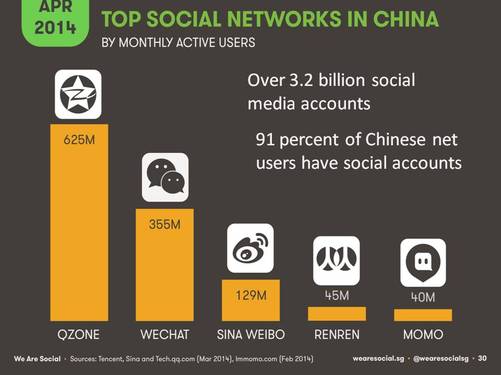
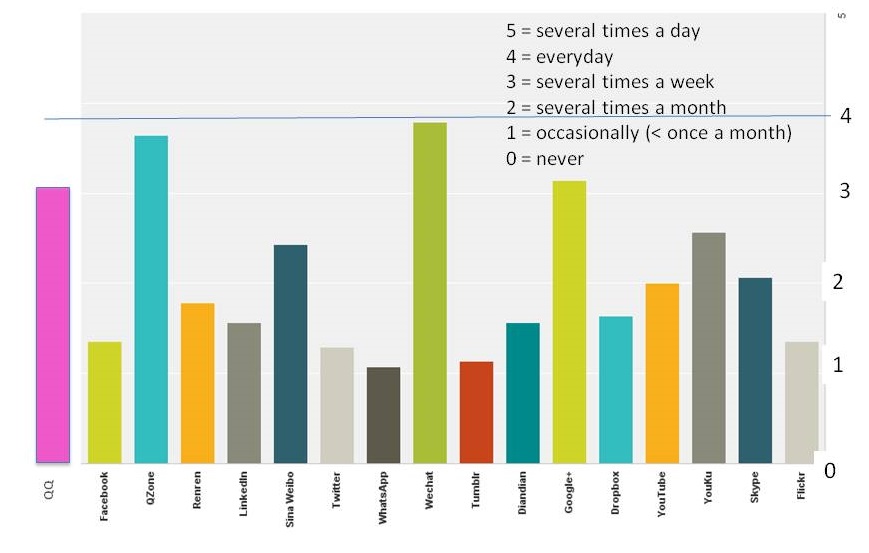
Having done my homework I designed my questionnaire armed with this basic knowledge. So what did I discover from the 18 responses. Only one person said that social media was not important in their everyday life. All the other respondents said it was either quite or very important with one respondent claiming that they couldn’t function without it. The preferred device for accessing social media was the laptop and smartphone. The main social media platforms used by these students were QQ, QZone, Sino Weibo, Wechat, Google+ and YouKu (like Youtube). However, all the social media platforms offered as items in the survey were used by someone, including Facebook and Twitter! All the social media platforms were used to 'talk to friends'. Most of them were used to 'connect to people who share my interests', Qzone, Youtube and YouKu were used to 'create and share content'. Most of the platforms enabled 'learning of new things' but google+ was overwhelmingly considered to be significant for this purpose. Youtube, YouKu and Flikr were linked to 'fulfiling my interests' for a small number of users. Qzone, Renren, Linkedin and Sino Weibo were linked to 'belonging to a community'. In response to a checklist of 10 possible reasons as to 'How does social media contribute to your life?' All the reasons were cited as being significant with a score of 3 or more. The highest rated reasons were: Maintaining important relationships (score 4.17), Feeling Connected (3.75) and Everyday learning (3.67). Chinese students perceive many benefits of using social media - it makes it easy to stay in touch with friends, 'it's great to share daily life with other friends via social media'. Its convenient and cheap and it can be used in different places. It helps you to find and get information easily, to learn more things and achieve goals and purposes, and exchange ideas. These students were conscious of the risks of using social media and a number of problems were recognised such as: wasting time, 'losing your life', having to deal with too much information, having to deal with useless messages. The creation of new social problems such as 'flaunting wealth and indifference to others', and 'people meeting less and less; easy to ignore people by our sides and rely on the internet' 'Yes, there are some disadvantages. Social media is amazing and we often spend most of daily time on it. If we want to have deep thinking or study, we cannot rely on social media so much. Using it too much will make us lose thinking and a little blundering'.
All in all, social media is considered to be a useful tool if used in the right way. The most important skills and attitudes for effective and enjoyable use were considered to be the ability to search effectively, to plan usage and self-regulate time and behaviour, 'otherwise you'll lose yourself in social media and get sad', and to be able to 'pick out the most significant' information.
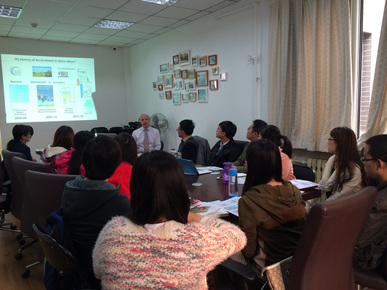
Lifewide Education would like to thank all the students that contributed to the survey. Our intention is to conduct similar on-line surveys of students' use of social media in the UK. Please contact Chrissi Nerantzi if you would like to join this project. [email protected]
Source of information of Chinese social media
'Go Global' China’s Top 10 Social Media Sites (Infographic) http://www.techinasia.com/2013-china-top-10-social-sites-infographic
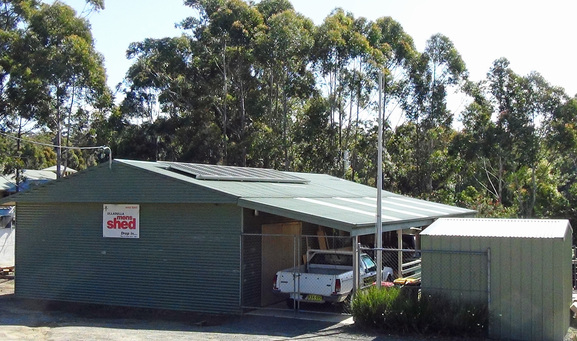
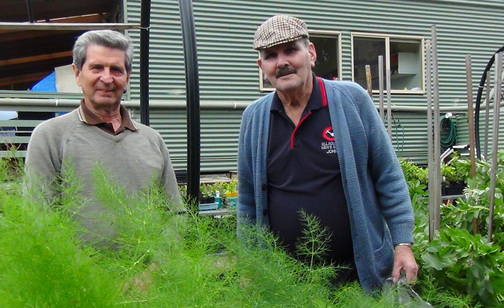


 RSS Feed
RSS Feed
